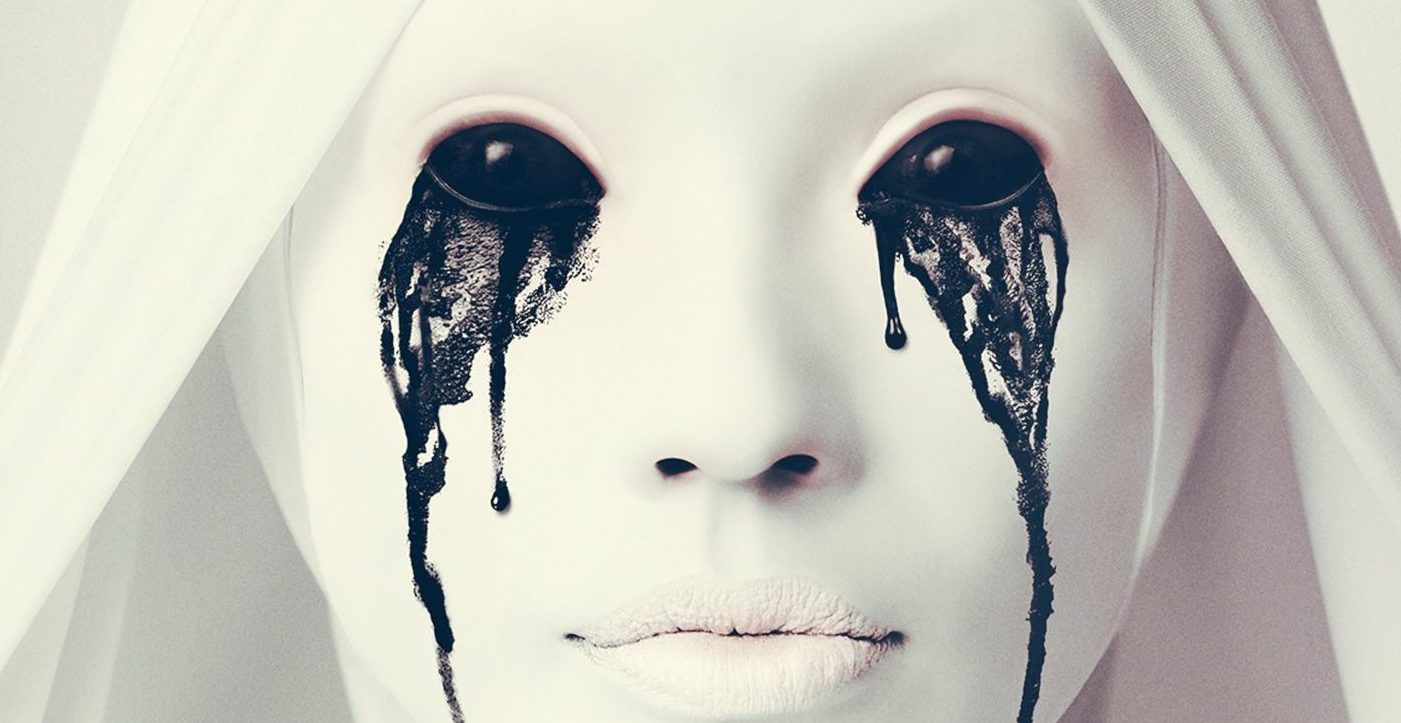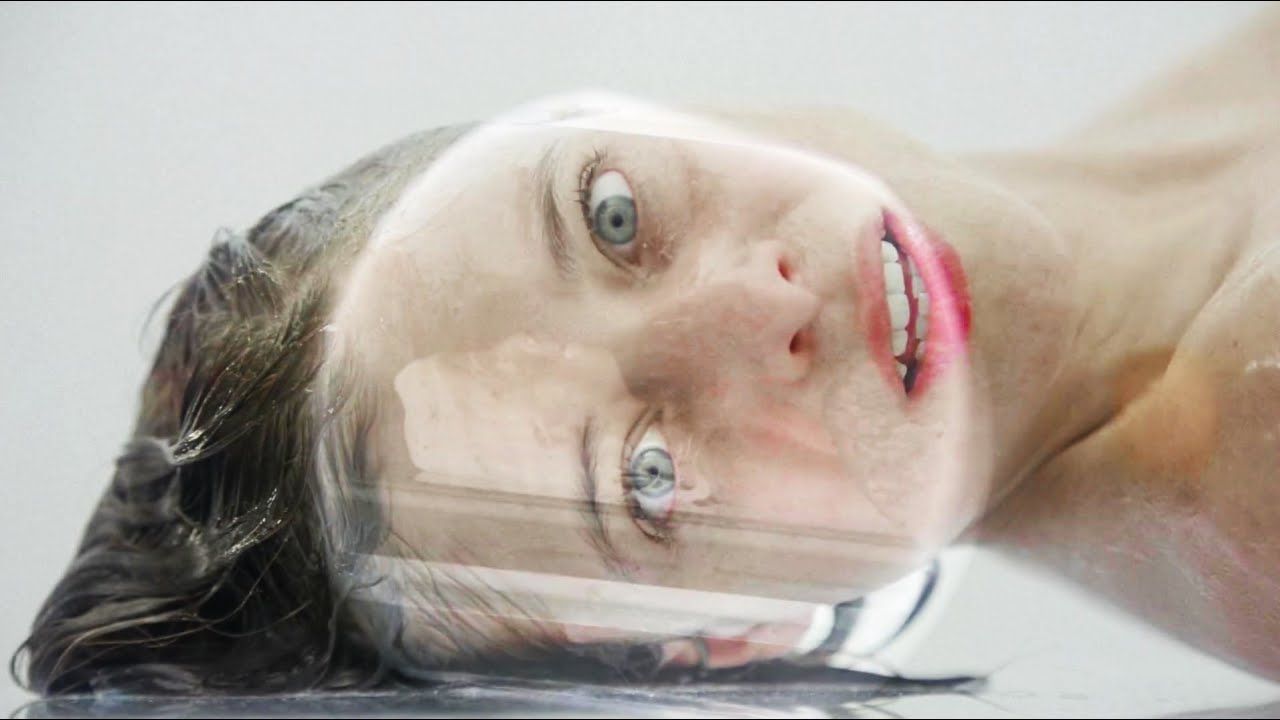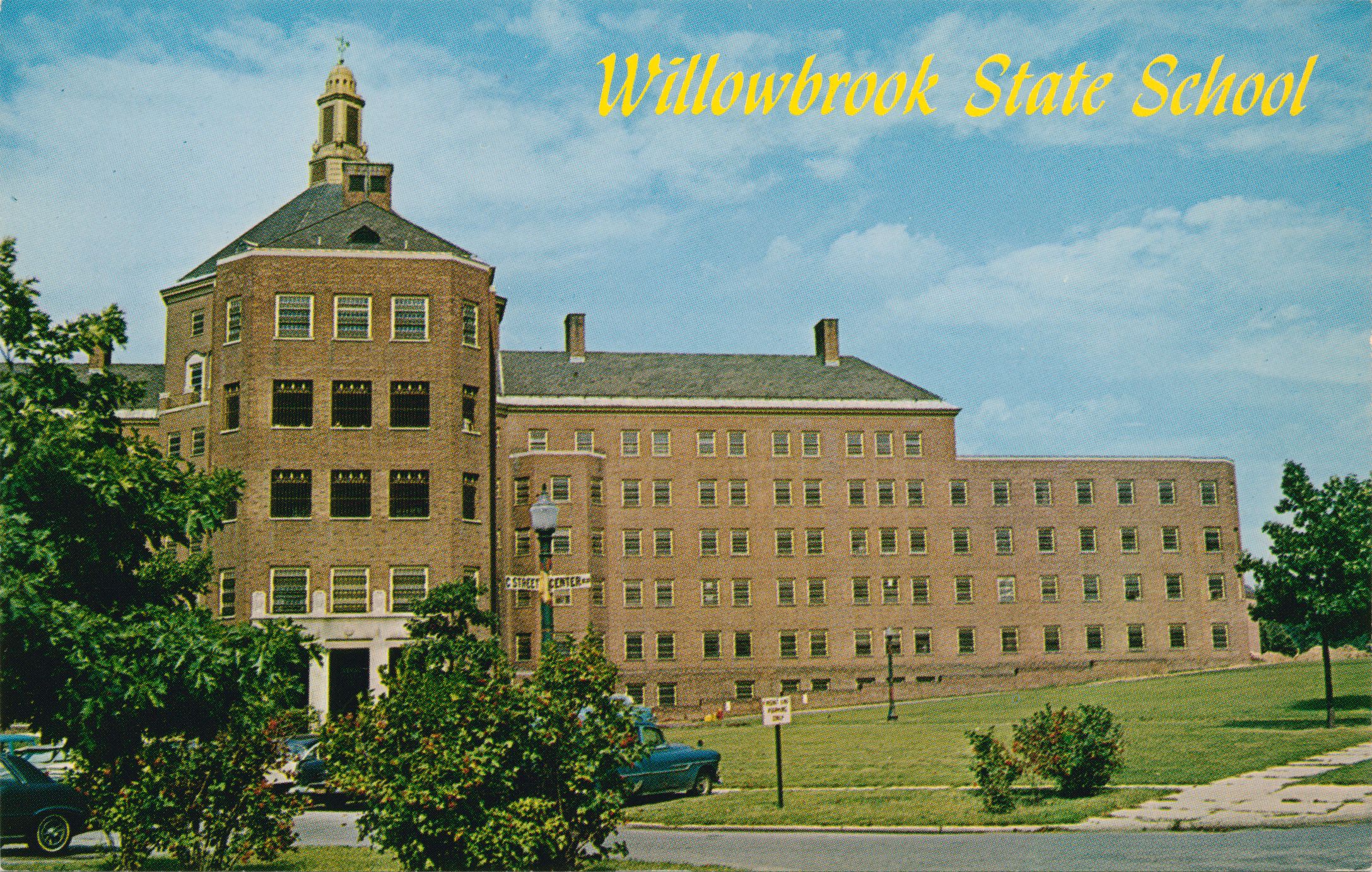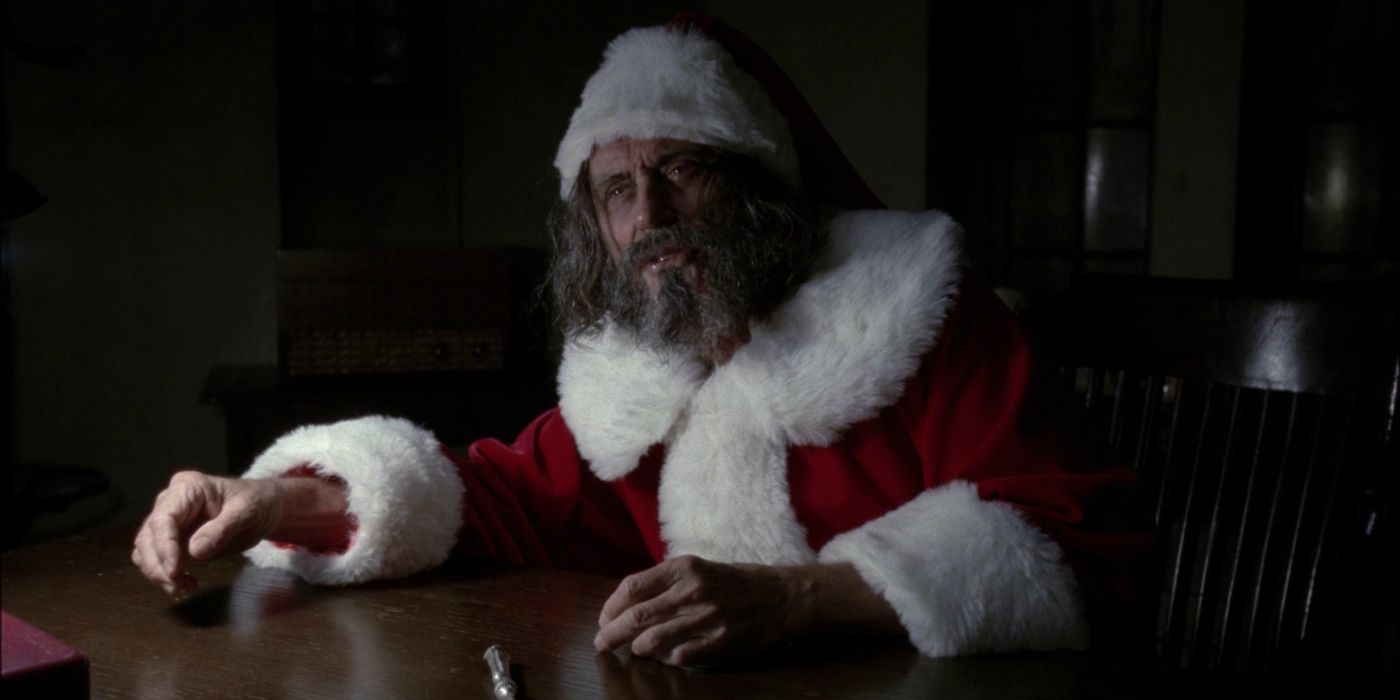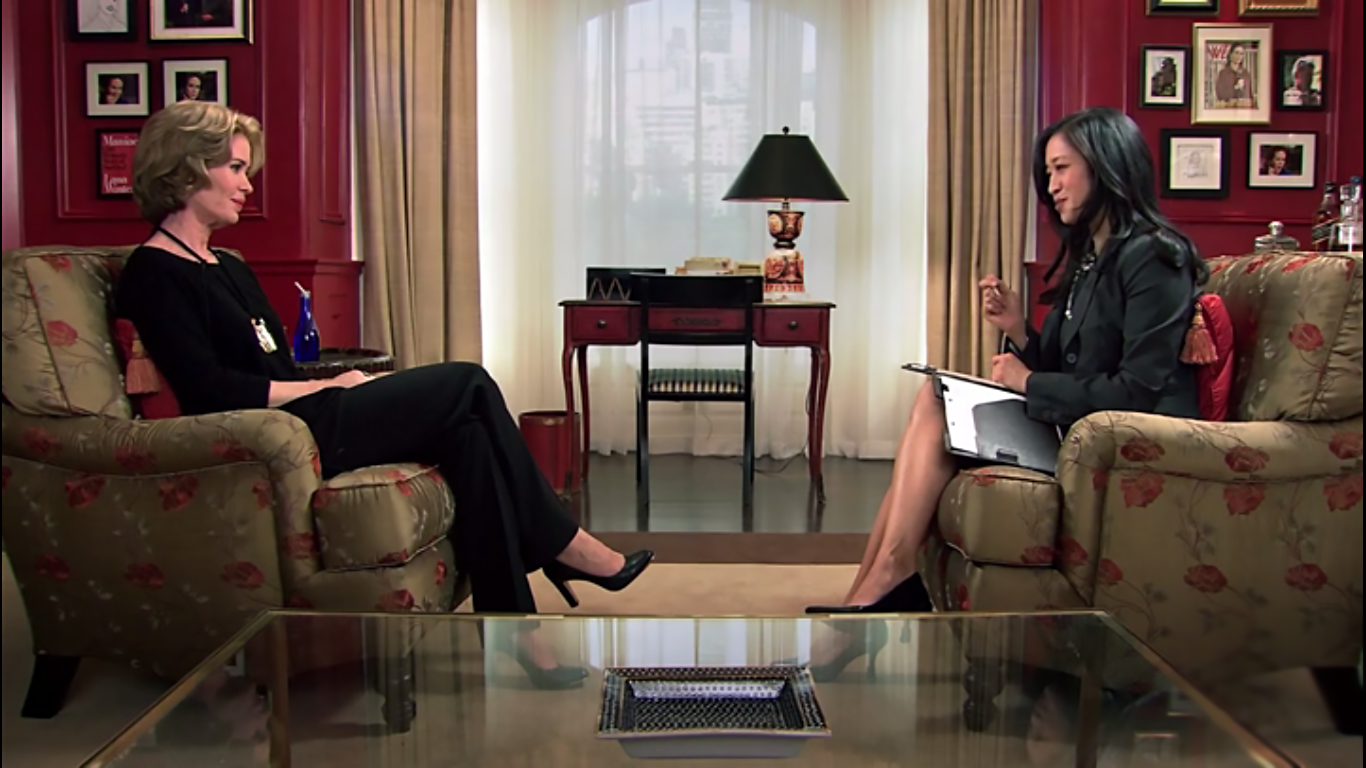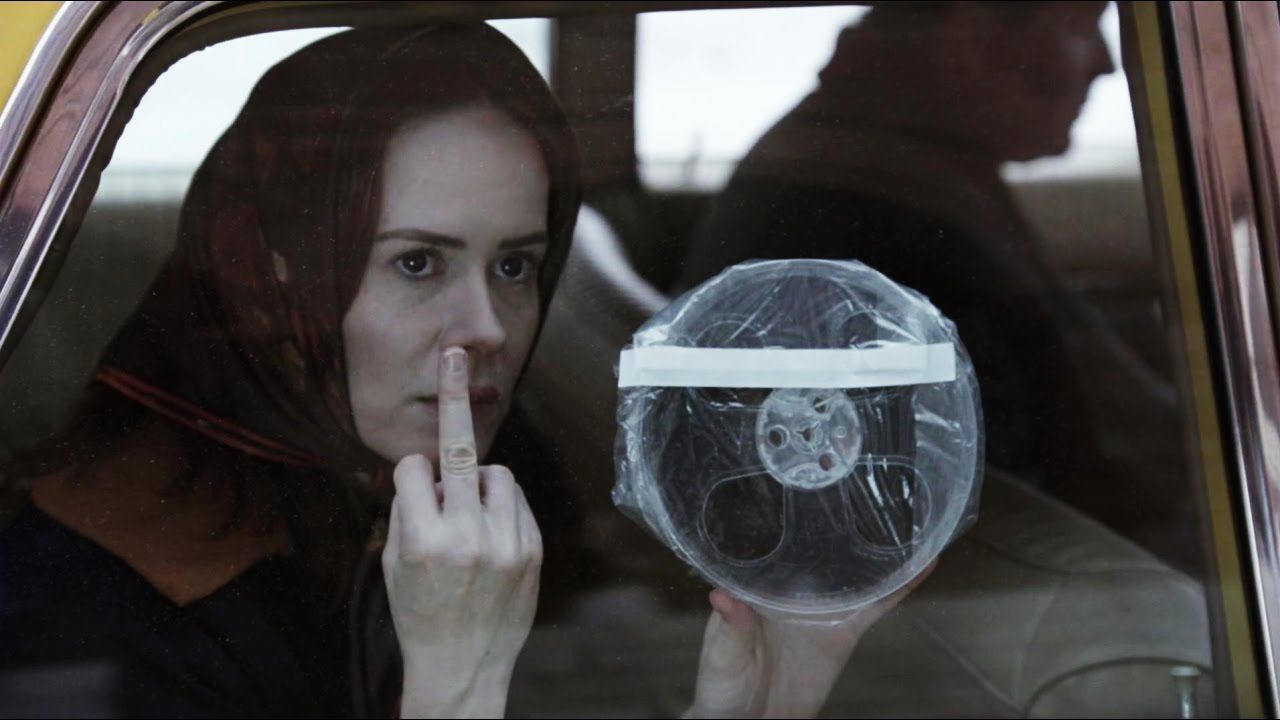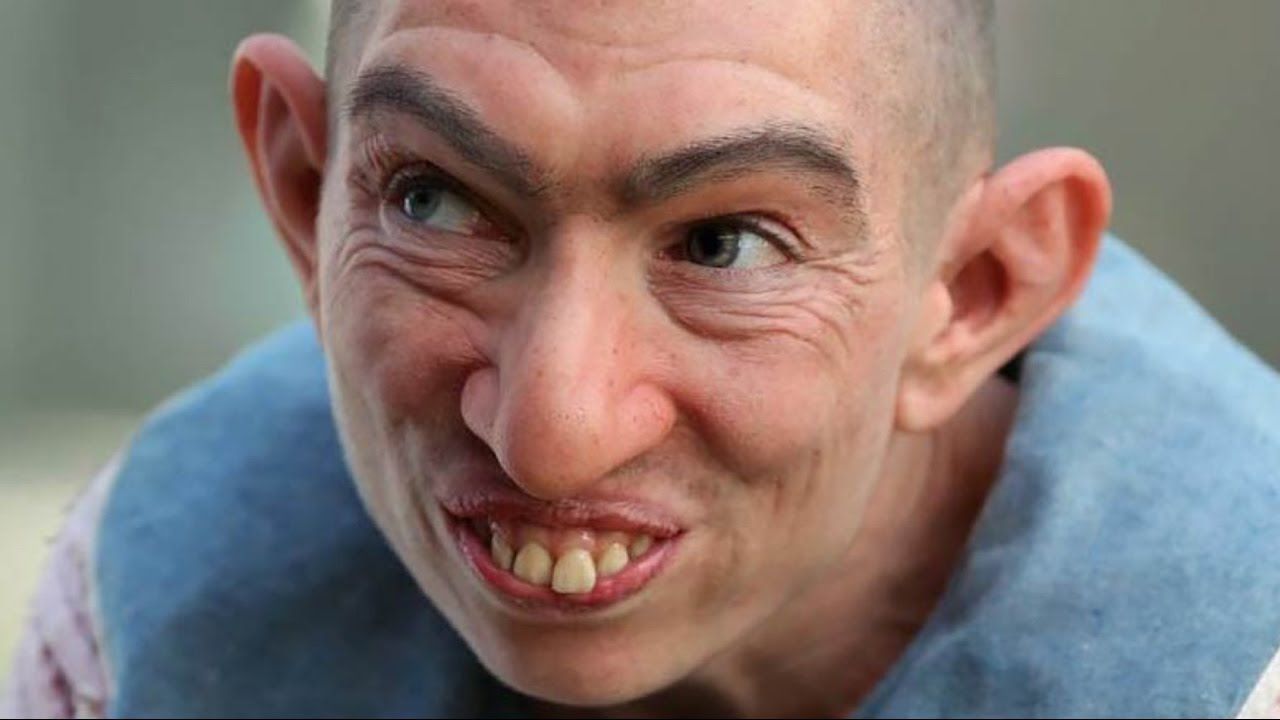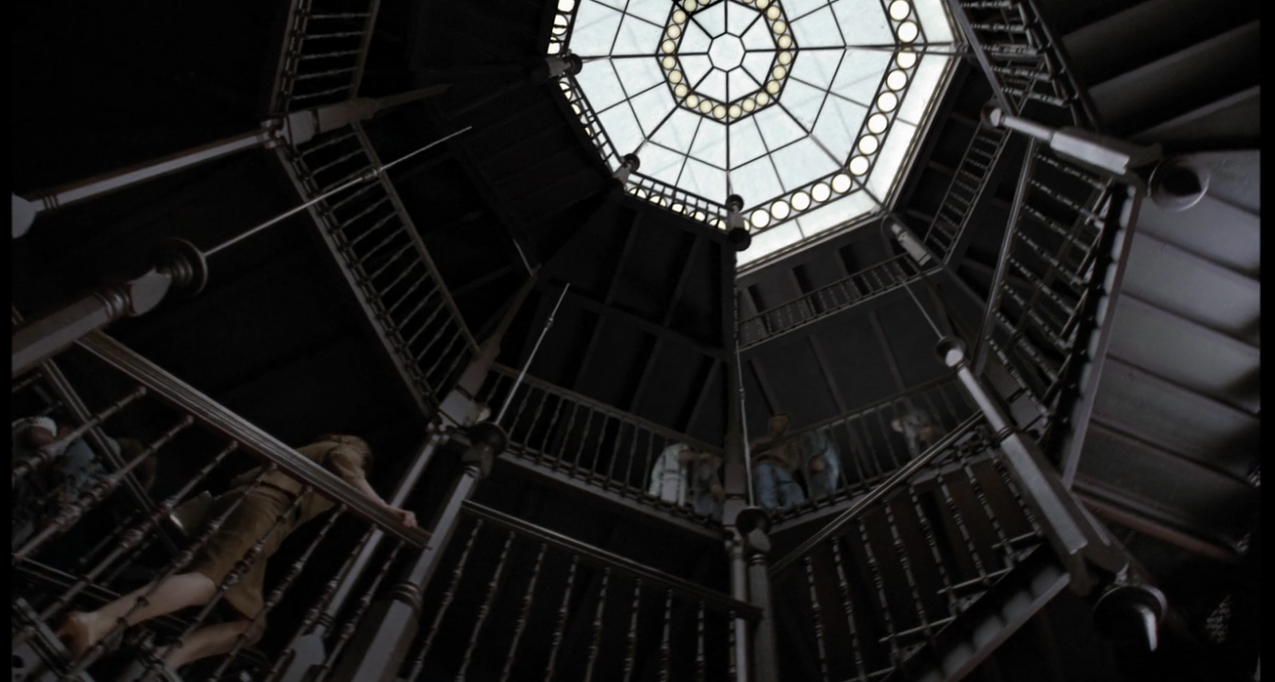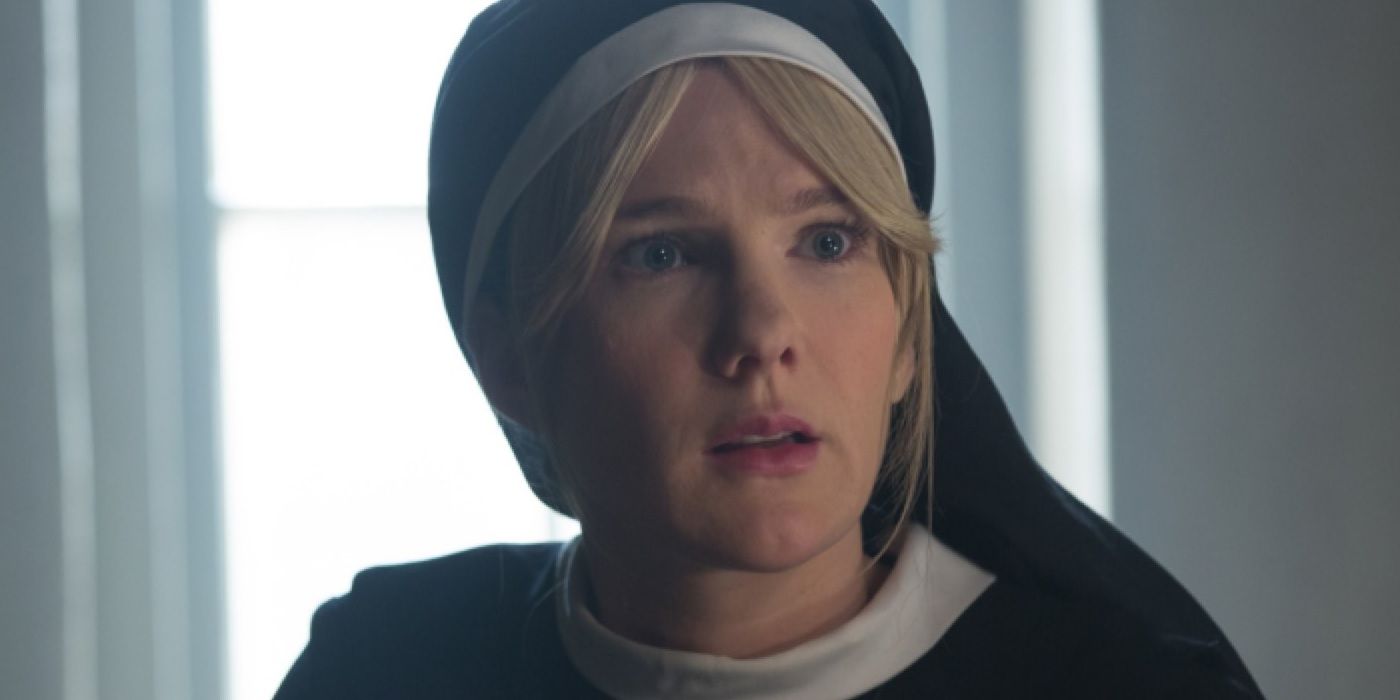Apart from The Walking Dead, American Horror Story is the biggest horror show around. Ryan Murphy and Brad Falchuk's anthology series has assembled A-List acting talent and paired it with homage filled horror storytelling in a way never seen on TV. Every season has something incredible to offer in regards to the multifaceted worlds of American horror genres.
One season, in particular, has remained the absolute cream of the crop. The second series, AHS: Asylum, was the perfect combination of signature scares and Murphy's unique taste. Nearly every aspect of the season works, but here are the top 10 reasons Asylum is the best of AHS.
Introduced Science Fiction Horror Into American Horror Story
American Horror Story: Murder House tackled a lot of different horror sub-genres. Obviously, it honed in on ghost stories, but it also introduced home invasion, family horror, and serial killer mythology. One genre it never tackled though was Science Fiction. As opposed to Murder House, Asylum fully embraced a Science Fiction Storyline.
The inclusion of alien lifeforms was about as far away from your friendly Spielbergian vision. Asylum's aliens were a horrifying sight, resembling crustacean-like torture hungry beings who made the lives of their abductees a living hell. Asylum introduced Science Fiction to the series and arguably did it better than any season to follow.
Utilized Real World Horror Perfectly
One of the unique aspects of American Horror Story as a series is its ability to pay homage to both the fictional history of horror in the United States, as well as our own horrifying history. This blend of fictional and reality-based scares adds a level of uneasy familiarity, at least on a visual scale.
RELATED: 10 American Horror Story Characters That Were Based Off Of Real People
AHS: Asylum is replete with references and homages to some obscene moments in American history. The asylum and Lana Winters' later investigation is based loosely on the experience of multiple reporters who covered the atrocities at the real-world Willowbrook State School in Staten Island, New York. Much of the footage at Willowbrook inspired the cinematography of AHS: Asylum. Other real-world influences include conspiracy theories surrounding alien abductions and escaped Nazi war criminals.
Had the Best Homages To Other Horror Films
Looking past real-world influences, the show obviously owes much to decades of horror films before it. AHS: Asylum is no different. So many shots, costume choices, and music themes directly pay homage to horror classics of old. Pepper, everyone's favorite pinhead, is a direct reference to the 1932 film Freaks, directed by Tod Browning.
There is no denying that the exorcism scene owes so much to the chilling classic The Exorcist too. Other influences include Silent Night, Deadly Night, The Texas Chainsaw Massacre, and The X-Files. All of these influences combine into a sort of distorted macabre painting. Somehow all of the homages fit together perfectly.
Asylum Denied A Happy Ending
Often times, Murphy and his team opt out and go for happy endings for many American Horror Story seasons. Although Murder House technically ends with the shot of Michael the Anti-Christ, it more or less bookends a happy ending for the Langdon family. Coven ends with a happily ever after for Cornelia and her witches, and Freakshow literally ends with a Broadway-style musical number.
Asylum pulls zero punches with its finale. The finale bookends the season with a mother murdering her son, a symbol of her traumatic and toxic past. The ending is incredibly brutal in a way that most other AHS seasons have avoided. It chose the brilliant path by not giving into sentiment. Asylum's disturbing end fits perfectly both tonally and thematically with the rest of its season.
Embraced A Darker Tone
Somewhat related, the overall season of American Horror Story: Asylum took on an even darker tone than the first season. Even in retrospect, no other season has tackled such taboo and depressing subject matter, let alone as perfectly. Asylum covers incredible ground without sacrificing watch-ability and entertainment value.
As a genre, horror's primary role is to confront humanity's dark side. Asylum did this flawlessly, telling stories about suppressed sexuality, women's agency, gender suppression, mental health, and more. It somehow balanced all of these issues while never feeling overweighted or inappropriate. It is what horror should be, and something that has been increasingly absent from later seasons of AHS.
The Horrifying Use Of Makeup
Though the scares were steeped in real-world fears, there's no denying the incredible work of the makeup and effects department. Every creature, monster, and killer was crafted to the most exquisite detail and held a definitive silhouette and look. There are so many examples of this work throughout the entire second season.
Pepper, though loveable, is strikingly disturbing in design. While audiences grew to love her, there is no denying the creepy factor of seeing that design for the first time. Bloody Face easily could have felt like a rip off of characters like Hannibal Lecter or Leatherface. Instead, he holds a cinematic quality all his own. The design of the aliens, though brief, left a lasting impression as well.
The Production Design
The makeup and effects departments weren't the only shining lights in regards to art direction. The sets of American Horror Story: Asylum were the best of the entire series. Murder House had the added benefit of its real-life location, but the grandeur and oppressiveness of Briarcliff is a continuously mimicked feat of production design.
Just looking at the lobby and its spiral staircase, this design is regularly copied through multiple seasons of AHS. Coven, Hotel, Roanoke, and Apocolypse all owe their design inspiration to the behemoth that was Briarcliff. The suburban mid-century locations also held a strange presence, perverting the safety of home with images of murderers and monsters.
The Performances
American Horror Story certainly has its ups and downs, but one aspect that has never disappointed is its ability to form amazing ensemble casts. No matter what, the cast is full of amazing A-list actors who give instantly memorable performances. Asylum is the best example of this. There is not a single weak performance in the entire season.
Even smaller parts, like Ian McShane's Leigh Emerson, adds so much dramatic color to the overall palette of the season. Jessica Lange is perfect as always, and the addition of James Cromwell and the larger role for Zachary Quinto are exquisite. This is the season that put Sarah Paulson on the map as well, giving audiences the ultimate hero in Lana Winters. The single best performance though is Lily Rabe as Sister Mary Eunice. The duality of her task was massive, and she gave the single best performance of the entire series.
2. Asylum's Musical Numbers Were The Best
Perhaps the most divisive element of the entire series, Ryan Murphy's inclusion of musical numbers left many scratching their heads. Many seasons have had at least one, and more often than not leave fans annoyed and distracted. Asylum though used the musical moments better than any other series. Though some might blame Asylum for introducing the concept into the series, it should really be applauded for doing it so well.
The inclusion of the Name Game sequence as well as the flashback sequences of Jessica Lange are pitch perfect. Jessica Lange's voice is tragic and beautiful in the flashbacks, contrasting her harsh North East accent later on. The Name Game is an absurdist dream which embraces the madness of the entire affair.
Proved Anthology Formats Could Work Again
The most significant accomplishment of Asylum though is that it proved not only the legitimacy of the series but the also of anthology programming as a whole. Black Mirror and American Horror Story both premiered in the same year, but American Horror Story enjoyed instant acclaim in the states. Television in the United States had all but banished horror anthology, leaving shows like Twilight Zone and Amazing Stories in the dust.
American Horror Story: Murder House proved that horror TV could be elevated to the same prestige level as many dramas. What Asylum did was establish that you could explore multiple, unconnected tales without losing your core audience. Its combination of fantastic writing, cinematography, and performers was enough to allow the series to grow past the confines of traditional TV dramas. With the popularity of Black Mirror, True Detective, and the upcoming Twilight Zone reboot, much of the modern resurgence of anthology programming owes a lot to the success of Asylum.

